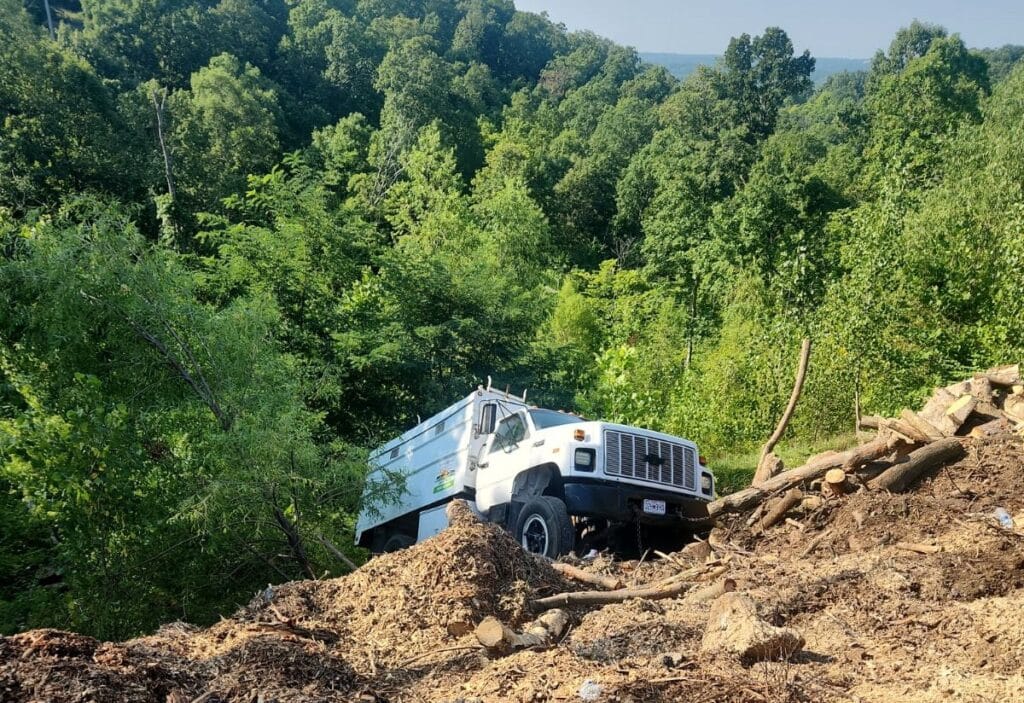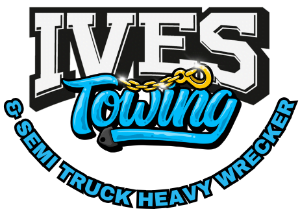Getting It Done in the Roughest Spots
Off-road recovery isn’t just part of what we do—it’s where we shine. Over the years, we’ve pulled everything from tractors to semis out of places that don’t show up on a GPS. And with the variety of terrain around here, every job feels like a new towing challenge. Muddy pastures, steep hillsides, sandy washes—you name it, we’ve had to drag something out of it. That’s the reality of Imperial off-road recovery, and we’re here to talk about how we make it happen.

The Tools That Get Us There
We don’t just rely on winches and grit, though both get plenty of use. For each off-road job, we size up the situation and bring in whatever it takes. Here’s what we usually pack for a rough recovery:
- 4×4 recovery rigs for getting into tight or soft terrain
- Snatch blocks to double pulling power or redirect angles
- Heavy-duty recovery straps to handle serious loads
- Air cushions to gently lift heavier equipment
- Recovery boards when traction just isn’t there
Each call is different. A tractor bogged down in a soaked field needs a different approach than an overturned RV on a hillside. That’s part of the reason we always take a minute to plan before rushing in.
Vehicles, Equipment, and the Unexpected
Imperial off-road recovery means more than just towing trucks out of ditches. In our region, people use the land, whether it’s farming, off-roading, or working remote sites—and that leads to stuck combines, buried utility trucks, or pickups with trailers hanging off a berm.
Knowing the Land, Trusting the Process
Local knowledge plays a big role in Imperial off-road recovery. We know which areas stay wet longer after a rain, how soil behaves after irrigation, and which old service roads are still passable. This helps us pick the best access points and avoid making the problem worse.
The truth is, Imperial off-road recovery isn’t a one-size-fits-all job. We’ve had recoveries take twenty minutes and others that stretch into an all-day effort. What matters is patience and method. Rushing can cause damage—not just to the vehicle, but to the land and equipment doing the pulling.
Here’s what we always keep in mind:
- Stabilize before pulling—check every angle
- Monitor weight shifts on uneven ground
- Use gradual force, not brute strength
- Communicate constantly between team members
Most of our success stories happen because we follow these basics.

Ives Towing is Your Partner for All Your Imperial Off-Road Recovery Needs
Folks are always working the land, exploring back roads, or hauling through places most people wouldn’t drive a minivan. And we’re here to keep those wheels turning. That’s why we treat Imperial off-road recovery as a core part of what we offer, not just an occasional add-on.
The next time you see a grain truck stuck axle-deep in a furrow or a Jeep nosed into a dry creek bed, remember: someone’s going to have to get them out. And chances are, we’ve done it before, maybe even as recently as last week.
Imperial off-road recovery isn’t just part of the job. It’s part of life out here. And we’re ready to handle it, no matter how remote or rugged the situation gets. From off-road recovery for cars to heavy duty recovery, we’ve got you covered, and should you need it, we can always tow you to a diesel repair shop of your choice.
